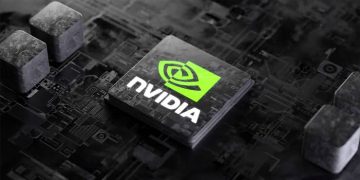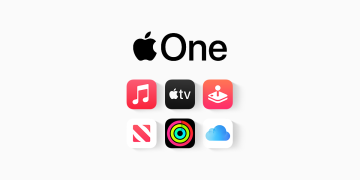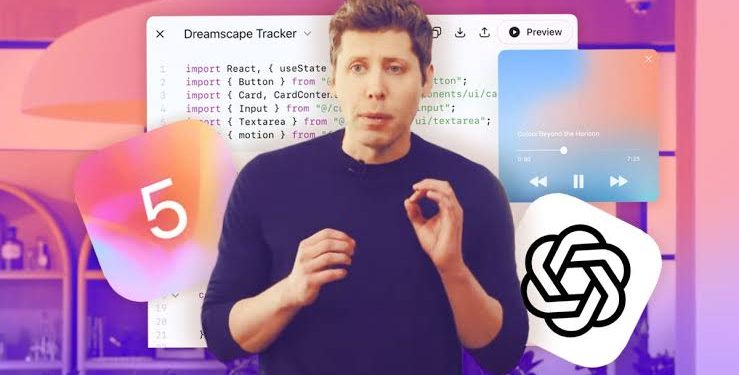OpenAI has released GPT-5 and it’s live for all 700 million ChatGPT users worldwide.
The new AI model replaces older versions across the platform. It’s available in three tiers: free, Plus at $20 a month, and Pro at $200 a month. Developers can use it through the API in three variants: GPT-5, GPT-5-mini, and GPT-5-nano. Prices start at $1.25 per million tokens.
CEO Sam Altman calls GPT-5 “software on demand.” It can build working apps, analyse financial records, and handle research from plain language prompts. “It’s the first time one of our mainline models feels like you can ask a PhD-level expert anything,” he said.
The model targets business adoption in software engineering, finance, and healthcare. On SWE-bench Verified, GPT-5 solved 74.9% of coding tasks on the first try, beating rivals from Anthropic and Google DeepMind. In healthcare tests, its error rate was 1.6%, far lower than GPT-4o’s 12.9%.
It’s not perfect. GPT-5 still lags in real-time web navigation. And it can’t teach itself new skills without user input.
OpenAI faced major challenges building it from hardware failures to months-long training runs costing millions. The company is also under pressure from investors who expect a $500 billion valuation.
GPT-5 adds four built-in “personalities” — Cynic, Robot, Listener, and Nerd — so users can change tone instantly. Safety has also been upgraded, with fewer false rejections and less chance of deceptive output.
Not everyone is convinced. Some experts say the jump from GPT-4 is modest. Others worry the business model for big AI remains shaky.
Still, OpenAI is betting on scale. With 700 million weekly users and growing enterprise interest, GPT-5 could push AI from casual chats into everyday business tools.
























































